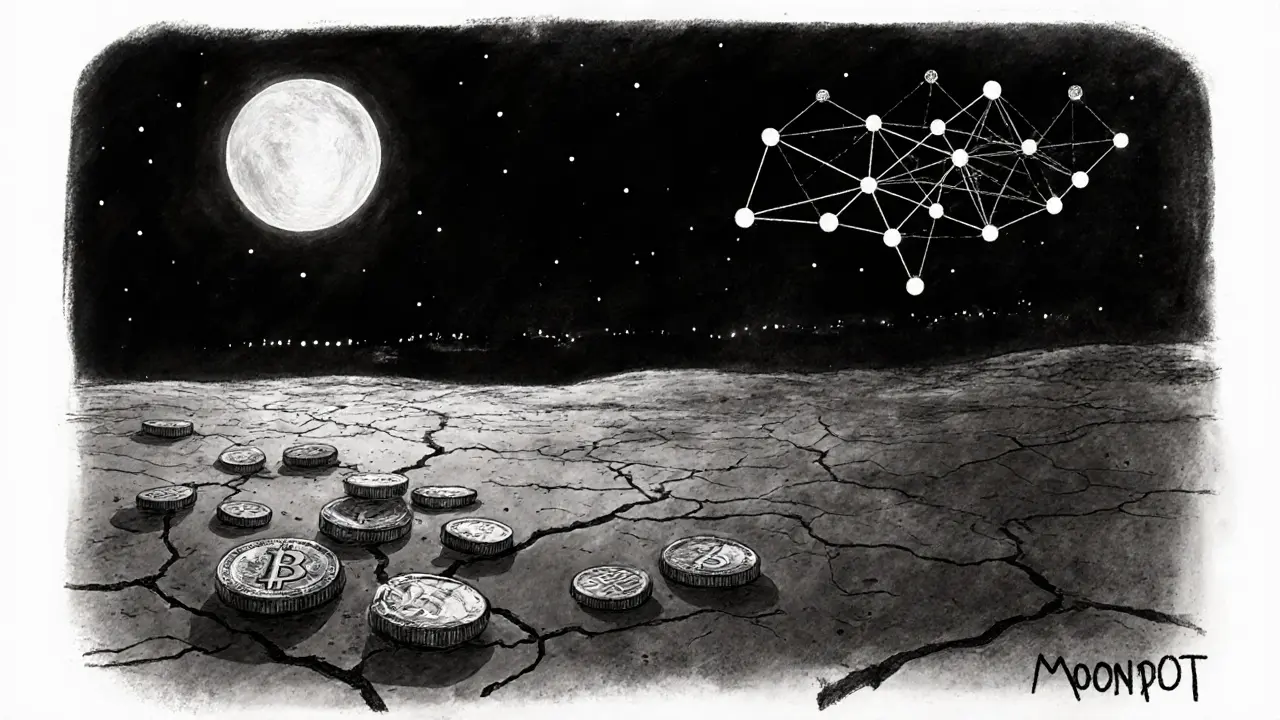Discover why no verified Moonpot (POTS) airdrop exists, how to spot scams, and a step‑by‑step safety checklist for crypto giveaways.
Understanding BSC token and its ecosystem
When working with BSC token, a digital asset built on the Binance Smart Chain (BSC) using the BEP‑20 standard. Also known as BEP‑20 token, it enables fast, low‑fee transactions for a wide range of applications.
In this context, the Binance Smart Chain, a high‑throughput blockchain that supports BEP‑20 tokens and smart contracts acts as the underlying network. DeFi, decentralized finance protocols that let users lend, borrow or trade without a middle‑man relies heavily on BSC tokens for liquidity and speed. Airdrop, a distribution method where free tokens are sent to eligible wallets often uses BSC tokens to attract new users because of the cheap gas fees. Finally, Tokenomics, the economic model that defines supply, distribution and incentive structures of a token determines how attractive a BSC token is for investors and developers alike.
Key relationships and practical takeaways
BSC token encompasses the BEP‑20 standard, which defines how tokens are created and transferred on the network. It requires the Binance Smart Chain to function, meaning any wallet or dApp must connect to BSC’s nodes. Airdrops influence BSC token popularity by lowering the entry barrier for newcomers, while tokenomics shapes investor interest through supply caps and reward mechanisms. Understanding these links helps you evaluate a token’s risk, potential returns, and suitability for your portfolio.
Below you’ll find a curated collection of articles that dive deeper into UK crypto tax, token analyses like Golden Dog (DOGS) on BNB Smart Chain, DeFi platform reviews, airdrop safety guides, and more. Whether you’re tracking real‑time swap volumes, comparing exchange fees, or learning how validator rewards work, the pieces here give you actionable insight into the fast‑moving world of BSC tokens.

